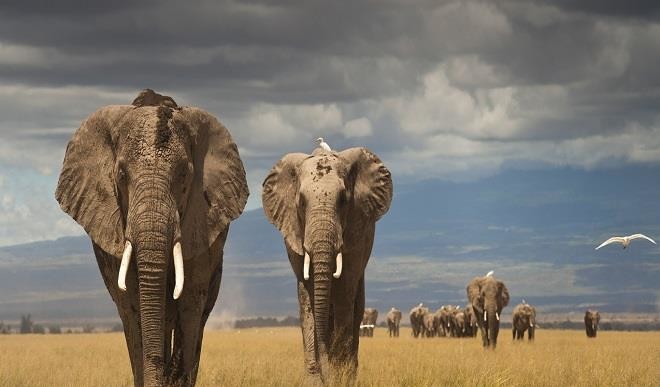Deforestation, pollution, others killing wildlife – Study
A new study released last week from the Zoological Society of London says human behaviour continues to decimate earth’s wildlife populations globally and could lead to mass extinction. Deforestation, pollution, overfishing and illegal wildlife trade, along with climate change are pushing species populations to the edge, the report said. “The assessment predicts that by 2020, […]


A new study released last week from the Zoological Society of London says human behaviour continues to decimate earth’s wildlife populations globally and could lead to mass extinction.
Deforestation, pollution, overfishing and illegal wildlife trade, along with climate change are pushing species populations to the edge, the report said.
“The assessment predicts that by 2020, stocks of global wildlife could plunge by two-thirds, unless action is taken to reverse the damaging impact of human activity,” the report said.
According to the report, nearly three-fifths of all animals with backbone – fish, birds, amphibians, reptiles and mammals – have been wiped out since 1970 by human appetites and activity.
The director of science and policy at WWF-UK, Mike Barrett, in the report said the five main drivers of wildlife decline in order of importance are habitat loss, over consumption, pollution, invasive species and disease.
“On top of that, climate change is poised to become a major threat in the coming decades, with some animals already in decline due to rising temperatures and changing weather patterns,” he said.
Barrett said the signing of global agreement by almost 200 nations last year to curb climate change could help protect tropical forests, slow the spread of deserts and curb an acidification of the seas caused by a build-up of carbon dioxide.
